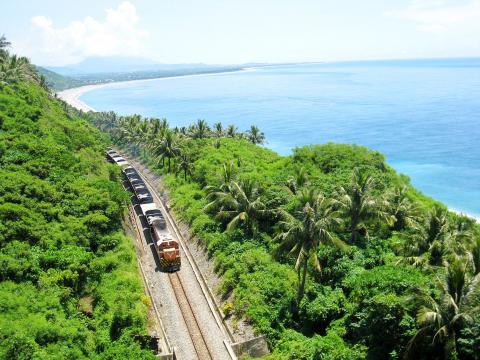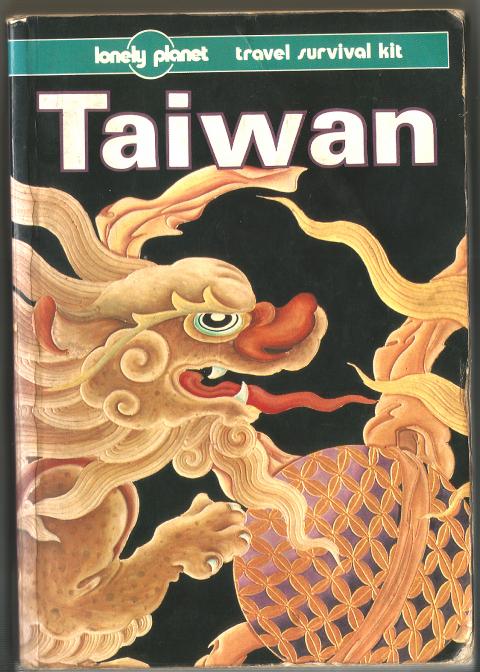I was on a long-distance train starting an intercontinental journey when I learned of Robert Storey’s untimely passing. From what I know of Robert’s own life philosophy I think he would have approved of the setting.
Though I never met Robert, he was a fellow traveler in the most elemental sense, and his life and work shaped my own in strange and subtle ways.
Storey’s guidebooks were among the first I’d ever read, and his stamp was embedded in the first guidebook I ever wrote for Lonely Planet in 2007, an update of a book which he’d originally written. By that time, Robert had become something of a legendary figure, a first-generation Lonely Planet author who had worked on many of the company’s early guides in the pre-Internet days when authors still took notes by hand as opposed to computers. It was an honor to cut my teeth for the company on a project bearing so much of Robert’s creative DNA, to follow (in some cases, literally) in his own footsteps as a travel writer.

photo: Wang Hsiu-ting
Long before I came on board with Lonely Planet, Robert had achieved something akin to legendary status in Taiwan, and was considered by many in the expatriate community an accomplished adventurer and old Taiwan hand. But to me, Robert was an enigma. While I knew him through his reputation and work, our paths had never crossed, either physically or on the Internet. Unlike my own generation of travel writer, Robert didn’t keep a blog, and his presence on social media seemed limited to a few posts a month on Facebook.
A few months back as I began preparing for another book project (a more leisurely literary trip around Taiwan than my usual guidebook output), I put out a few digital feelers in an attempt to connect with Robert. I thought it would be good — fitting, even — to finally meet this person whose professional life had so intersected with my own. Robert got back to me almost instantly — so quickly, in fact, that I felt a bit stupid for not having simply reached out to him through the all-connecting book of faces earlier. I told him a bit about the project, and we made plans to meet up in Taidong in mid-January. While our meeting won’t occur (at least not in this lifetime), I take consolation in the fact that Robert’s contributions to travel, to Taiwan and to the fraternity of travel writers lives on.
— Joshua Samuel Brown, co-author of Lonely Planet Taiwan 7th & 8th edition and several other Lonely Planet guides

photo: David frazier
I went to Macau in 1993, when it had but one casino, a shabby place that got more attention than it deserved from tourists. I was carrying a Lonely Planet guidebook written by Robert Storey and it was invaluable for its usual clear-eyed advice on what to see and miss in the little enclave.
But it also was memorable for a feature Robert had written about gambling. At some earlier stage in his life he’d worked as a slot machine repairman in Las Vegas. His writing about the inner workings of the gaming business was both comical and illuminating, kind of exactly what you want in a great travel guide.
Four years later I began writing for Lonely Planet and in the over 120 guidebooks I’ve worked on since, I’ve often asked myself if a feature I was writing reached the level of Robert’s gambling piece.
— Ryan Ver Berkmoes, Lonely Planet author

This year will go down in the history books. Taiwan faces enormous turmoil and uncertainty in the coming months. Which political parties are in a good position to handle big changes? All of the main parties are beset with challenges. Taking stock, this column examined the Taiwan People’s Party (TPP) (“Huang Kuo-chang’s choking the life out of the TPP,” May 28, page 12), the Democratic Progressive Party (DPP) (“Challenges amid choppy waters for the DPP,” June 14, page 12) and the Chinese Nationalist Party (KMT) (“KMT struggles to seize opportunities as ‘interesting times’ loom,” June 20, page 11). Times like these can

June 23 to June 29 After capturing the walled city of Hsinchu on June 22, 1895, the Japanese hoped to quickly push south and seize control of Taiwan’s entire west coast — but their advance was stalled for more than a month. Not only did local Hakka fighters continue to cause them headaches, resistance forces even attempted to retake the city three times. “We had planned to occupy Anping (Tainan) and Takao (Kaohsiung) as soon as possible, but ever since we took Hsinchu, nearby bandits proclaiming to be ‘righteous people’ (義民) have been destroying train tracks and electrical cables, and gathering in villages

Dr. Y. Tony Yang, Associate Dean of Health Policy and Population Science at George Washington University, argued last week in a piece for the Taipei Times about former president Ma Ying-jeou (馬英九) leading a student delegation to the People’s Republic of China (PRC) that, “The real question is not whether Ma’s visit helps or hurts Taiwan — it is why Taiwan lacks a sophisticated, multi-track approach to one of the most complex geopolitical relationships in the world” (“Ma’s Visit, DPP’s Blind Spot,” June 18, page 8). Yang contends that the Democratic Progressive Party (DPP) has a blind spot: “By treating any

Swooping low over the banks of a Nile River tributary, an aid flight run by retired American military officers released a stream of food-stuffed sacks over a town emptied by fighting in South Sudan, a country wracked by conflict. Last week’s air drop was the latest in a controversial development — private contracting firms led by former US intelligence officers and military veterans delivering aid to some of the world’s deadliest conflict zones, in operations organized with governments that are combatants in the conflicts. The moves are roiling the global aid community, which warns of a more militarized, politicized and profit-seeking trend